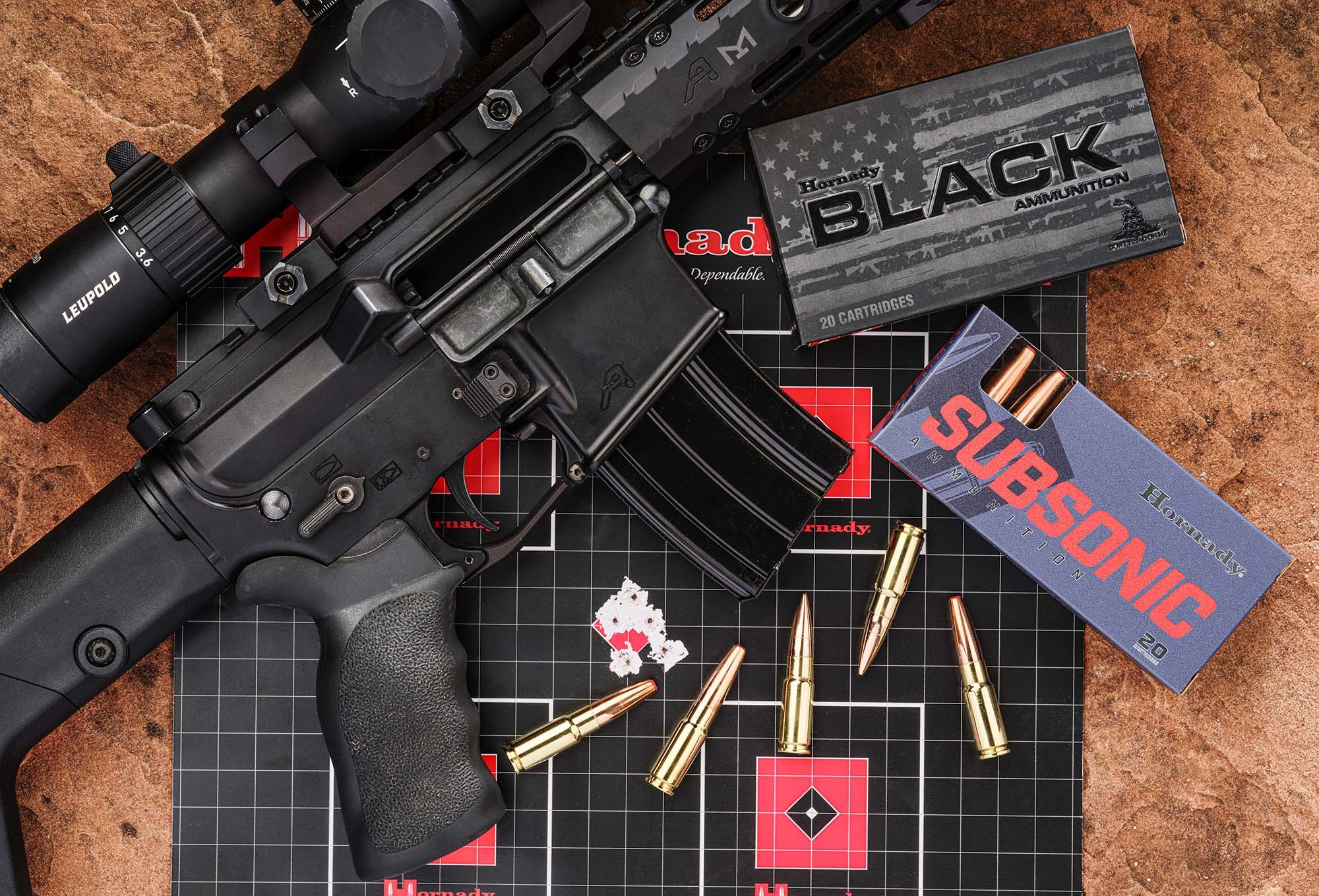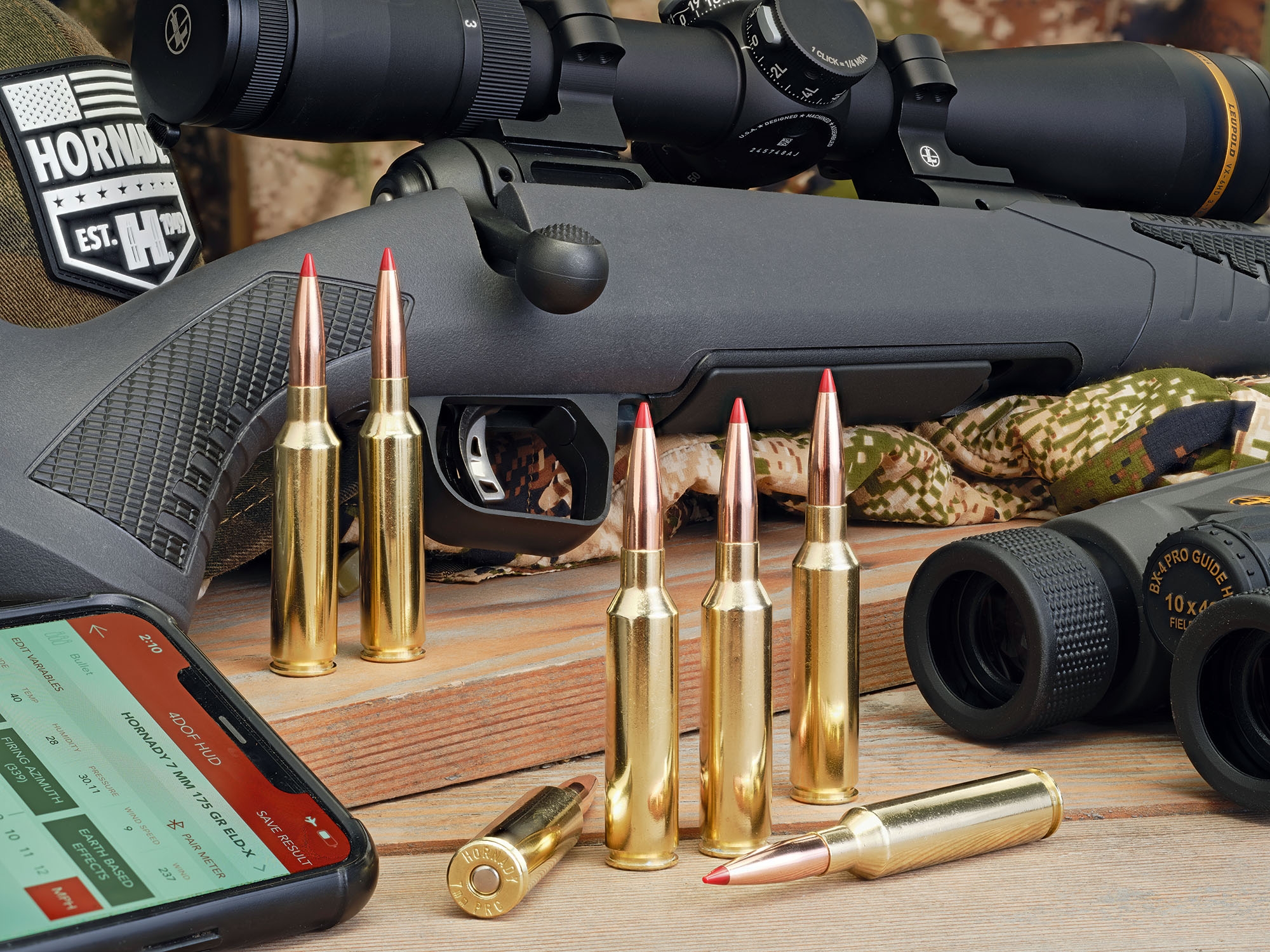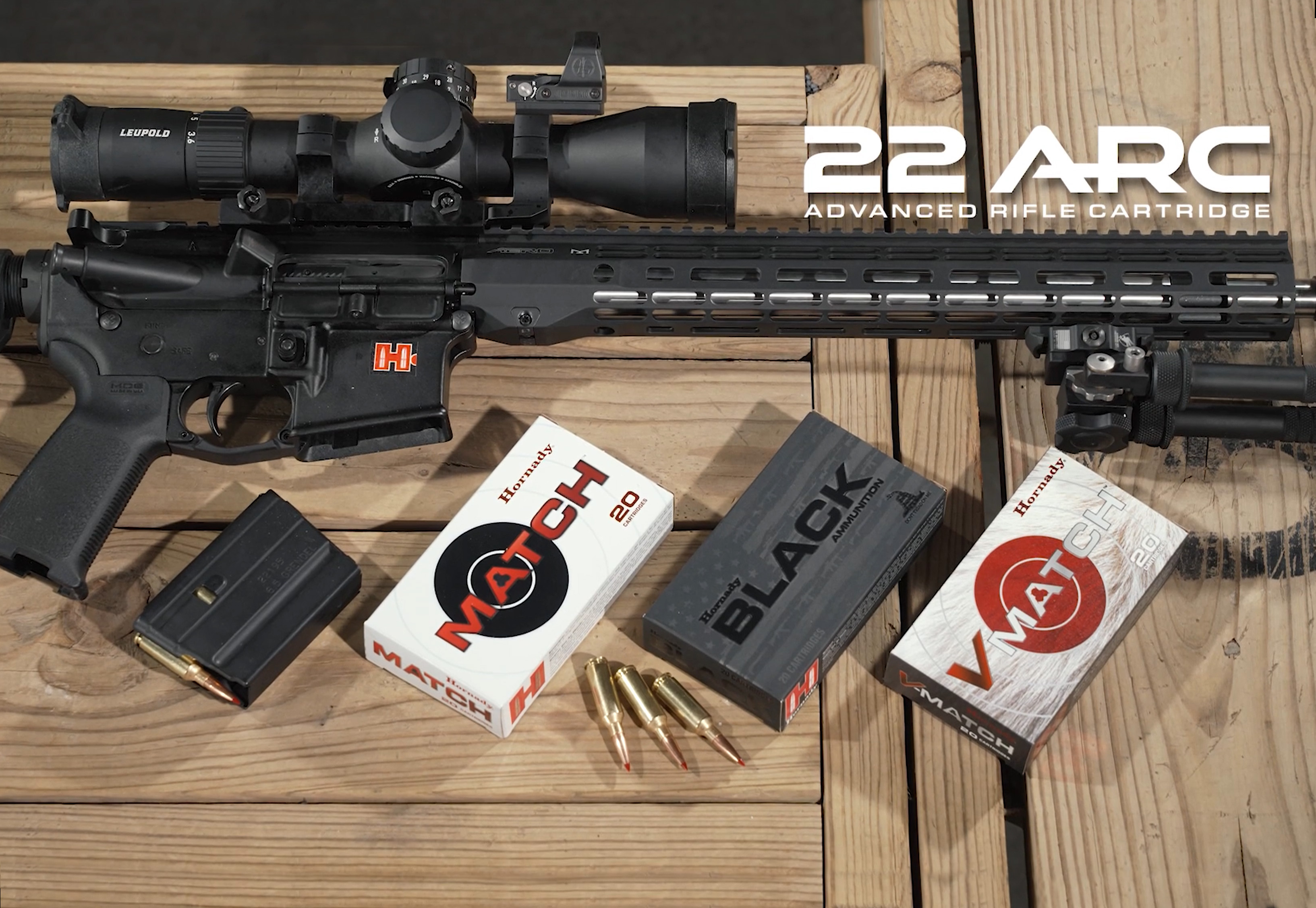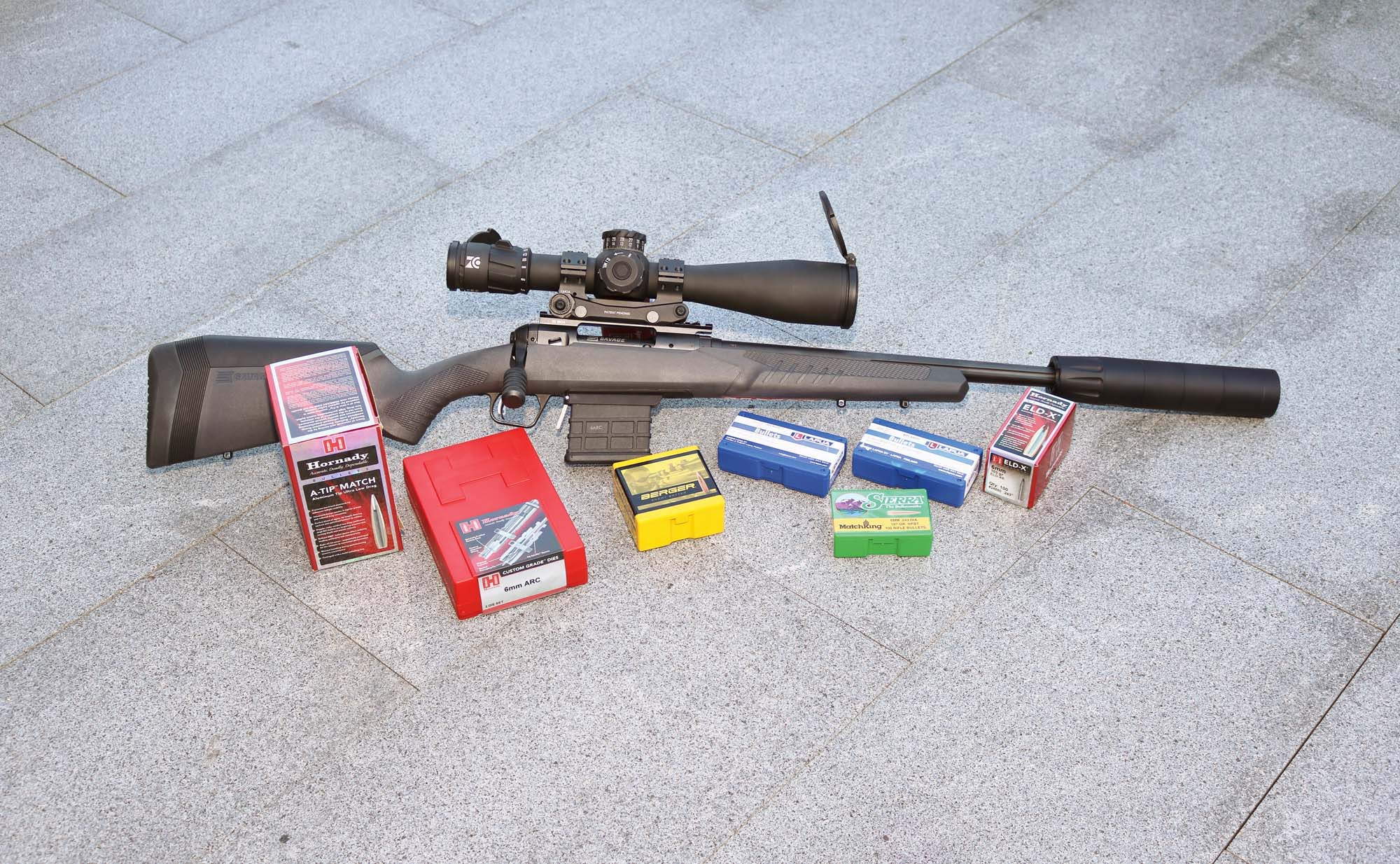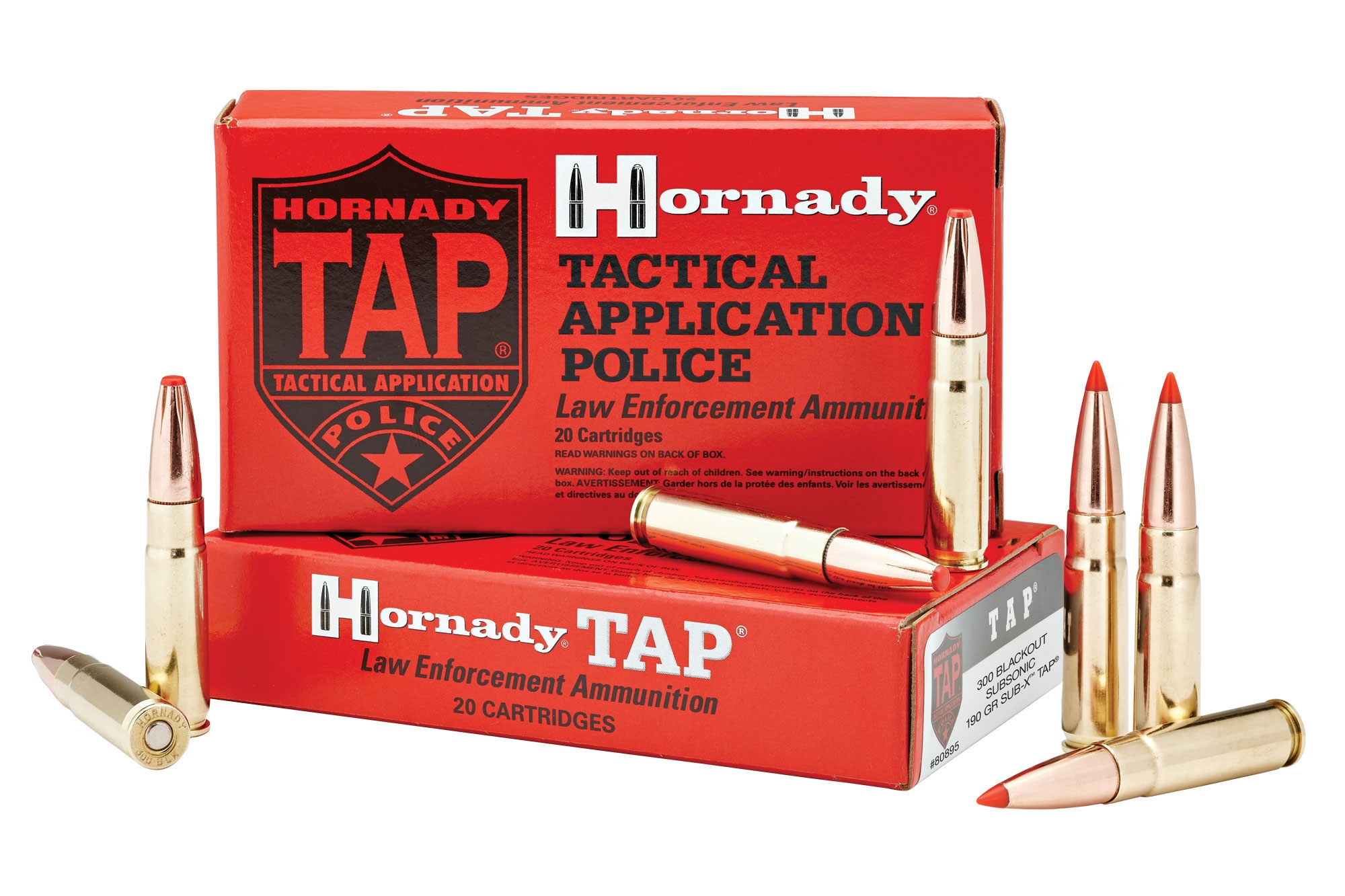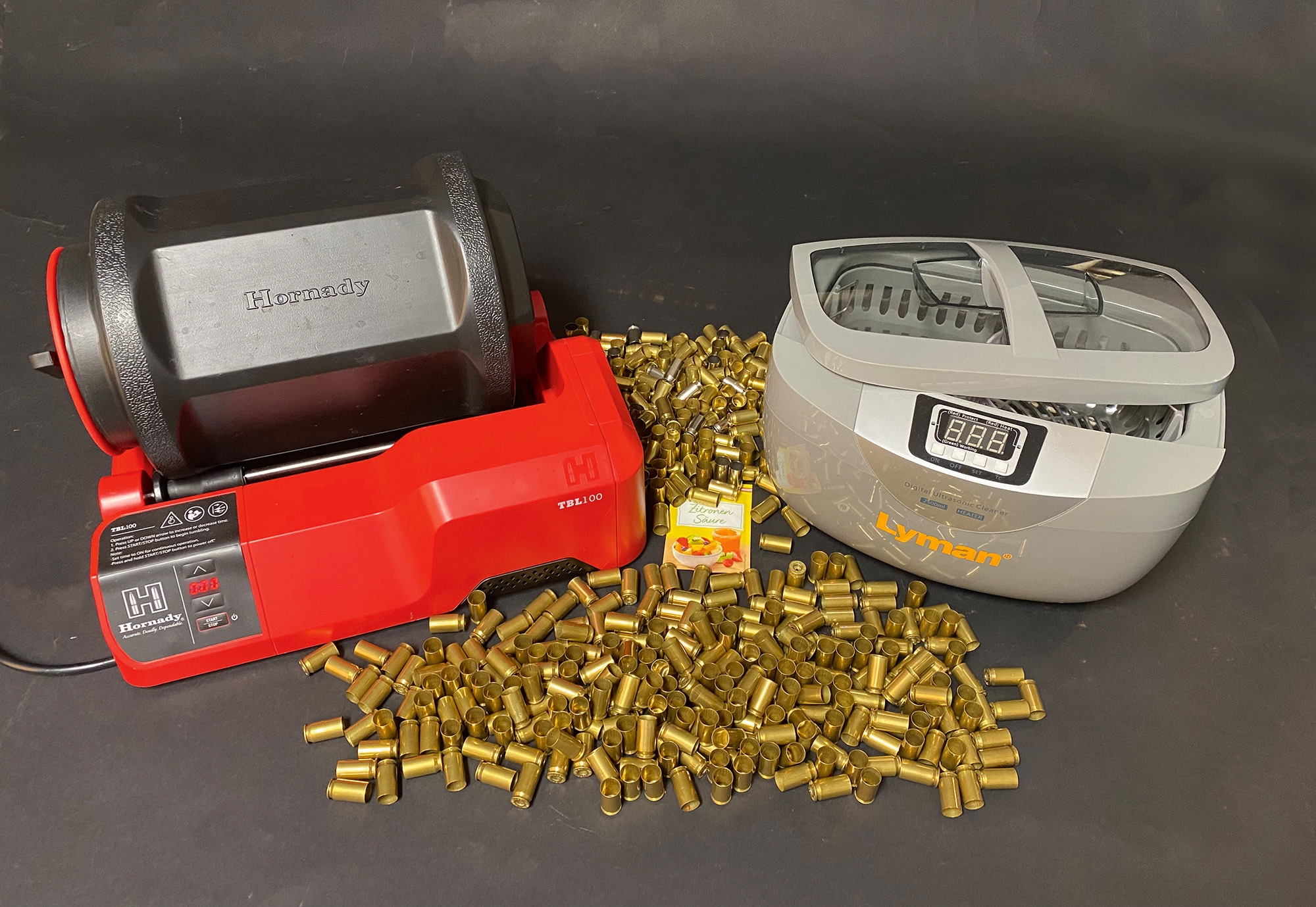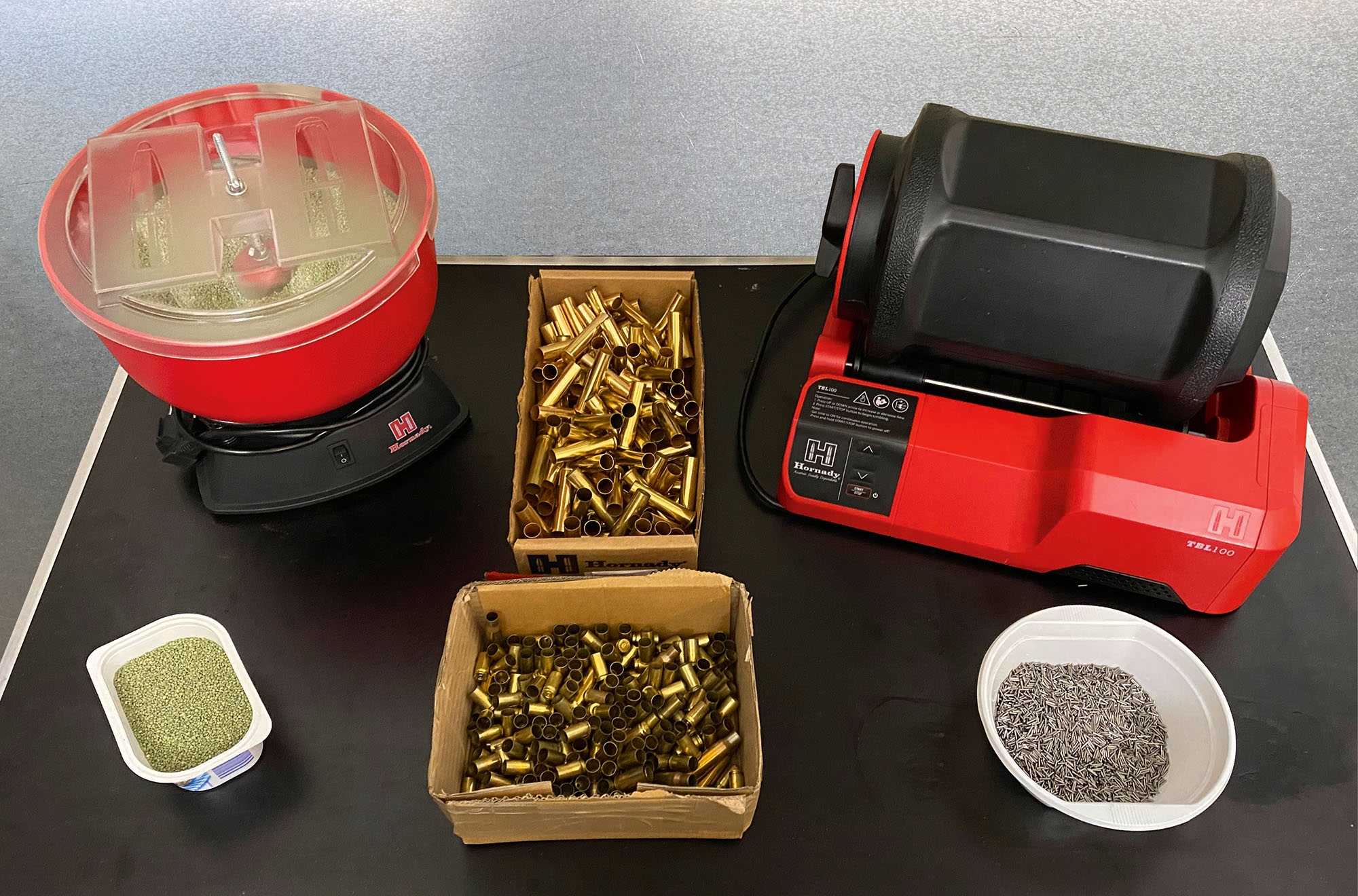We had the opportunity to try the Hornady Lock-N-Load electronic precision Bench scale, a balance of excellent workmanship and precision: from zero up to about 1500 grains, the maximum capacity of the scale, accuracy is one tenth of a grain (0.1 grains or 0.0064 grams). Handling up to 1500 grains allows you to weigh bullets, cartridge cases and even loaded ammunition of large calibers, such as the .338 Lapua Magnum.
Hornady Lock-N-Load Bench Scale details
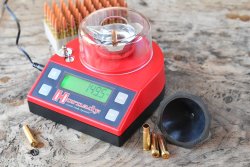
The Lock-N-Load Bench Scale is therefore a suitable instrument for the needs of handgun or rifle precision shooters who require maximum control over every step of their loading process, round by round. The resolution offered by the Lock-N-Load Bench Scale is sufficient for long-range shooting and also as a good starting point for bench rest competition reloading. In fact, this electronic scale offers the same degree of precision as a good mechanical beam scale, offering many additional advantages: we already mentioned its maximum capacity (mechanical beam scales often hit their ceiling at 500 grains), simplicity of use, and above all how ridiculously easy it is to read.
A mechanical beam scale needs to be assembled every time we want to use it, calibrate it with great care, and once weighing has begun, reading the scale index with due accuracy with respect to the reference can be problematic, especially for senior reloaders that may not have perfect eyesight. A typical error in reading mechanical scales is the parallax error, in which the observer's eye may not be in the same exact position from one weighing operation to the other, and the apparent position of the beam pointer on the reference dial may appear different, causing doubts in the reading
Instead, with an electronic scale, just place it on a flat work surface, turn it on and calibrate it with the weights supplied; the reading is immediate and easy in all conditions, without any possibility of misinterpreting the result.
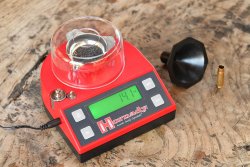
It should also be said that precision and accuracy are two different things – in our case, a measured offset of a tenth of a grain of our reloading scale verified with the use of a certified metrological reference makes no real world difference, provided that this difference is extremely constant in all measures. In other words, if on a batch of ammunition I have loaded following the usual 42.3 grains of N140 with a 168 HPBT bullet, it does not matter whether the measured dose is really 42.4 or 42.2 grains, the important thing is that the dose is exactly the same for every single round loaded, i.e. that they are all identical.
The Hornady Lock-N-Load Bench Scale is quite compact, light but not inconsistent, as is the case with some "Chinese" products that walk away on the bench when we try to press their buttons. The controls are quite simple, with only four buttons and a large and easy to read green backlit LCD display.
Hornady claims the Lock-N-Load uses the same load cell as its flagship product, the Auto-Charge dispenser, which allows direct production of propellant doses for precision charging.
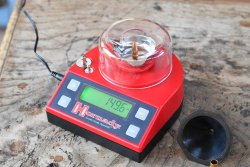
Included are two calibration weights, to be used immediately at each start-up (and also every 5-10 minutes during use), a metal powder tray, a transparent cover to perform precision measures, and an AC wall wart power adapter. Unfortunately, the scale cannot be powered by batteries. Its use is very simple: one ON/OFF button, one for unit selection (grains, grams, carats or ounces), one for calibration and the last one for zero setting.
The device rests on three rubber feet, for better stabilization on an uneven surface. The buttons are of the membrane type, also to prevent propellant grains from creeping into the space between the keys, but they offer excellent tactile feedback. Accuracy is very good, as is consistency, always less than a tenth of a grain. We used it to reload a few hundred rounds in .308 Winchester and .300 Blackout, and we’ve been quite happy with it. The retail price is around 150 euros, about double that of good mechanical beam scale, but in our opinion the convenience of reading a nice, large and backlit display and its unparalleled speed of use and calibration are well worth the higher cost.



